This week, Road Trips with Tom switches gears and presents news about the U.S. National Park System.
First, the National Park Service has just released its 2017 recreational visit statistics, and there are a few surprises. Second, there’s a proposal on the table to increase entrance fees during the busiest times at 17 of the most popular parks.
These include Glacier National Park, pictured above – photo by Tom Dell
Lastly, we have some brief news items about individual parks.
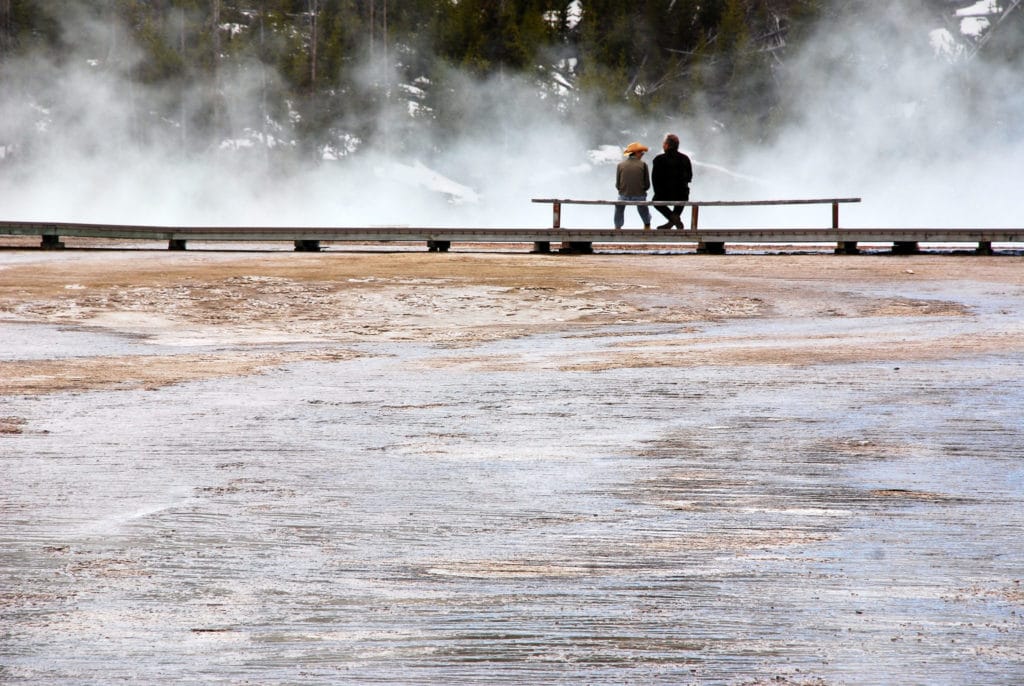
Why a decline?
With all the talk about overcrowded national parks, including by this blog, you might expect that visitation would take a big jump in 2017. Didn’t happen. In fact, it declined by 5.8 percent from 330.97 million to 311.49 million.
Why? I don’t know for sure, although I’ve heard some possible explanations being bandied about.
For one thing, the number of international visitors, especially from Europe, declined by at least 4 to 5 percent. Roger Dow, CEO of the U.S. travel association, says it’s caused by political and economic factors in Europe rather than a “Trump slump.” Others blame the weather and the large number of wildfires in the Western states.
Here’s another possibility: The 2016 total was the highest in this century. It was the heavily promoted centennial of the park system and was 7.7 percent higher than the prior year. Maybe 2017 was simply a downward spike.
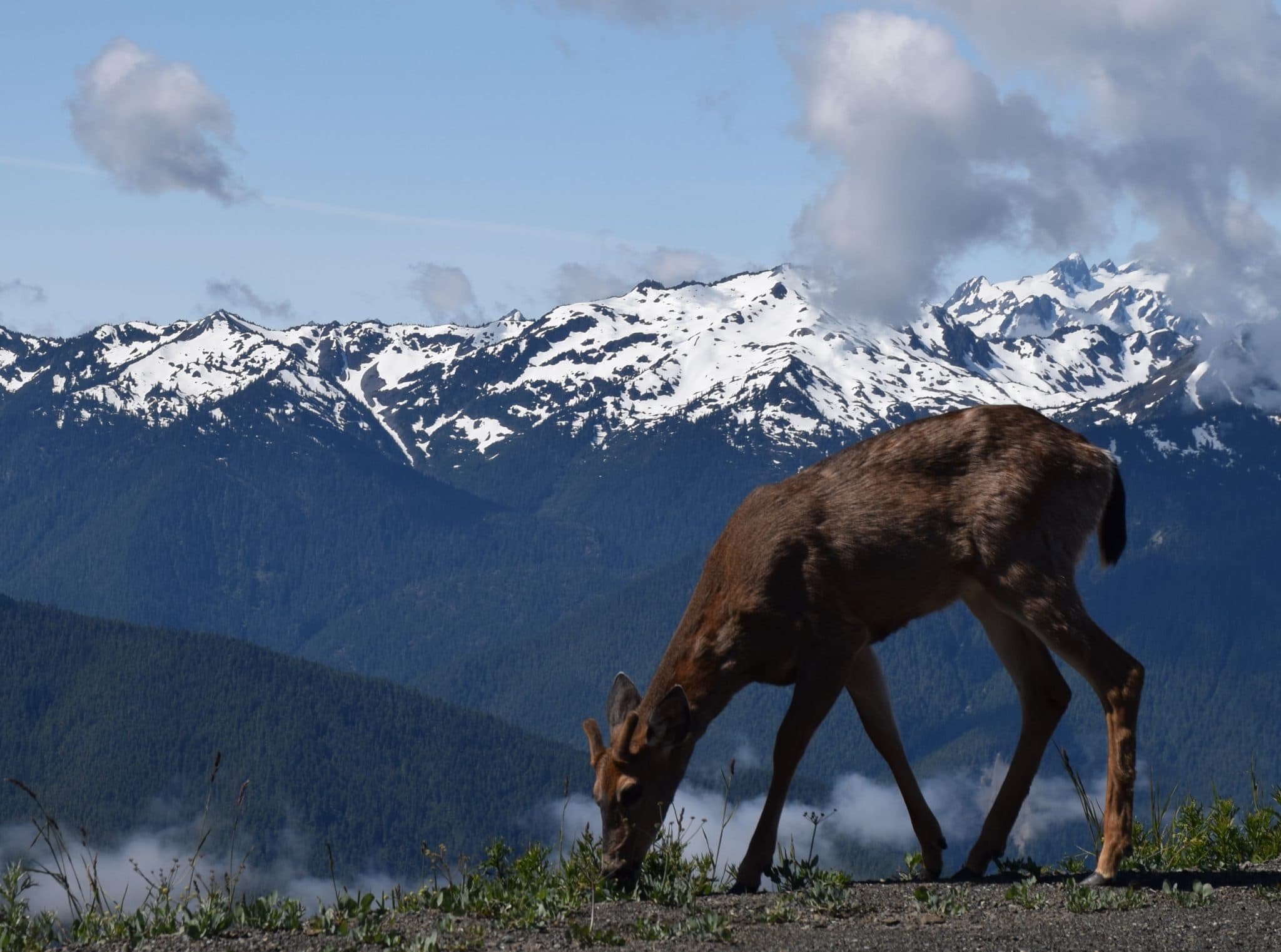
The 12 most popular parks
Here’s a list of the 12 most popular national parks, their 2017 totals and percent change from 2016:
- Great Smoky Mountains — 11,338,393 (-0.2%)
- Grand Canyon – 6,139,967 (+2.9%)
- Zion – 4,504,813 (+0.9%)
- Rocky Mountain – 4,437,215 (-1.8%)
- Yosemite – 4,268,150 (-15.1%)
- Yellowstone – 4.095,230 (-3.8%)
- Acadia – 3.509.272 (+6.2%)
- Olympic – 3,428,537 (+1.1%)
- Grand Teton – 3.317.000 (+1.4%)
- Glacier – 3.305/512 (+12.2%)
- Bryce Canyon – 2.381,684 (+8.7%)
- Joshua Tree – 2,386,300 (-4.7%)
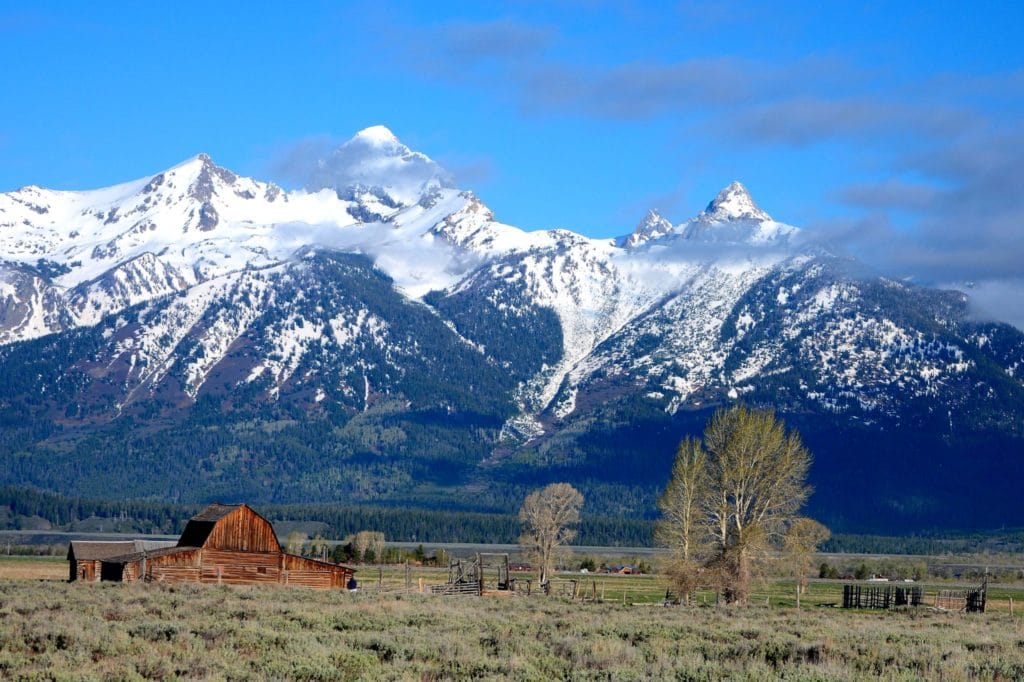
Two parks that stand out on this list are Yosemite and Glacier. Some news reports speculate that Yosemite’s decline was due to devastating wildfires in the fall. But Yosemite was tracking well behind 2016 throughout the year. As for Glacier, it’s one of my three favorite parks, but I can’t explain the one-eighth increase in visits.
Of note: While visits to Zion rose by less than one percent, it leapfrogged Yosemite and Rocky Mountain and is now the third most-visited national park.
Big fee increase
Let’s downshift to the subject of money, specifically entrance fees. There’s a proposal on the table to increase entrance fees at 17 of the most-visited parks during the busiest times of the year. I say “proposal,” because the increase was subjected to mandatory open public discussion before being made official.
Despite the assertions that higher fees will make the parks inaccessible to millions of people and will cause a huge decline in visits, I think it will survive the discussion and go into effect this year. Let’s face it: Would you cancel a family vacation to Yellowstone because of a $40 increase in the entry fee? Not likely, although you might bitch about it.
The proposed entry fee is $70 for cars, $50 for motorcycles and $30 for hikers and cyclists. A park-specific annual pass for any of the parks is $75.
The increase goes into effect May 1, 2018, in Arches, Bryce Canyon, Canyonlands, Denali, Glacier, Grand Teton, Olympic, Sequoia/Kings Canyon, Yosemite, Yellowstone, and Zion. It starts June 1 in Acadia, Mount Rainier, Rocky Mountain, and Shenandoah National Parks. The launch date in Joshua Tree is TBD.
Go to https://www.nps.gov/orgs/1207/10-24-2017-fee-changes-proposal.htm
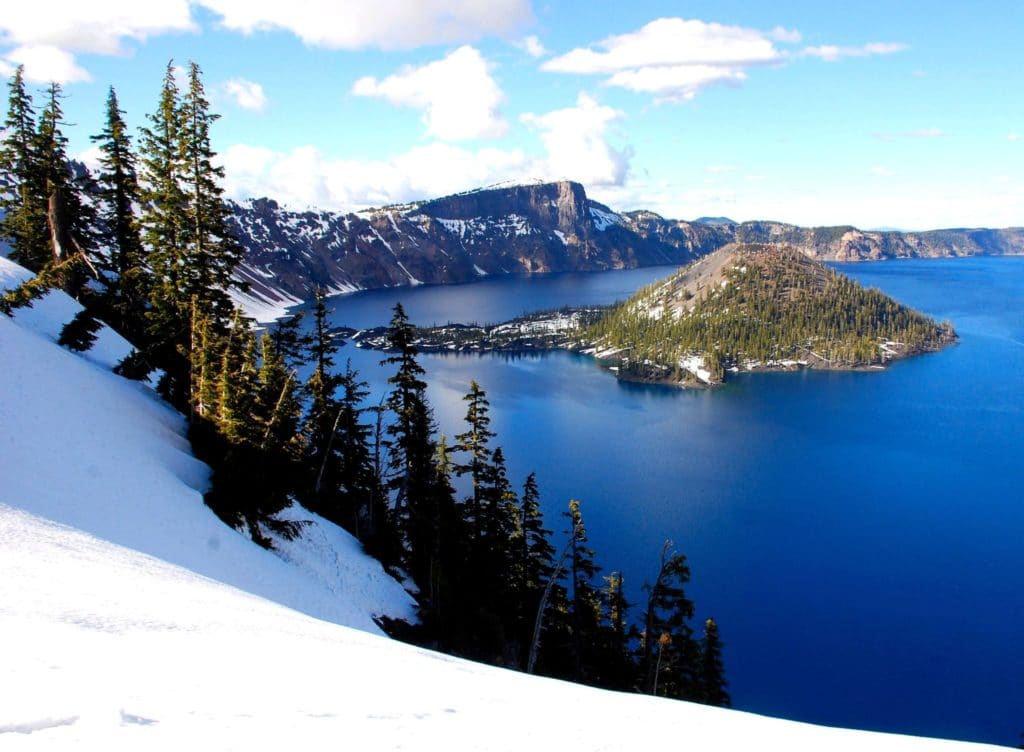
Other national park news
If you’re 62 and older, the cost of the lifetime senior pass has already been raised from !0 to $80.
Separate from the increase just discussed, Crater Lake National Park in Oregon is proposing to increase its entry fee for cars from $15 to $25. For motorcycles, entry will cost $20, and the fee for hikers and bicyclists will be $12.
Mariposa Grove, the largest grove of giant sequoias in Yosemite National Park, will reopen June 18 after having been closed for construction for two years. When it reopens, visitors will find a new 300-car parking lot and a free shuttle leading into the grove.
In Death Valley National Park, Scotty’s Castle will remain closed until 2020 while flood damage is repaired. Nearby Mesquite Spring Campground is now open. The road to Dante’s View is closed from now until early April.
In Grand Canyon National Park, the Hermit Road and Tusayan shuttle services will be back in service March 1.
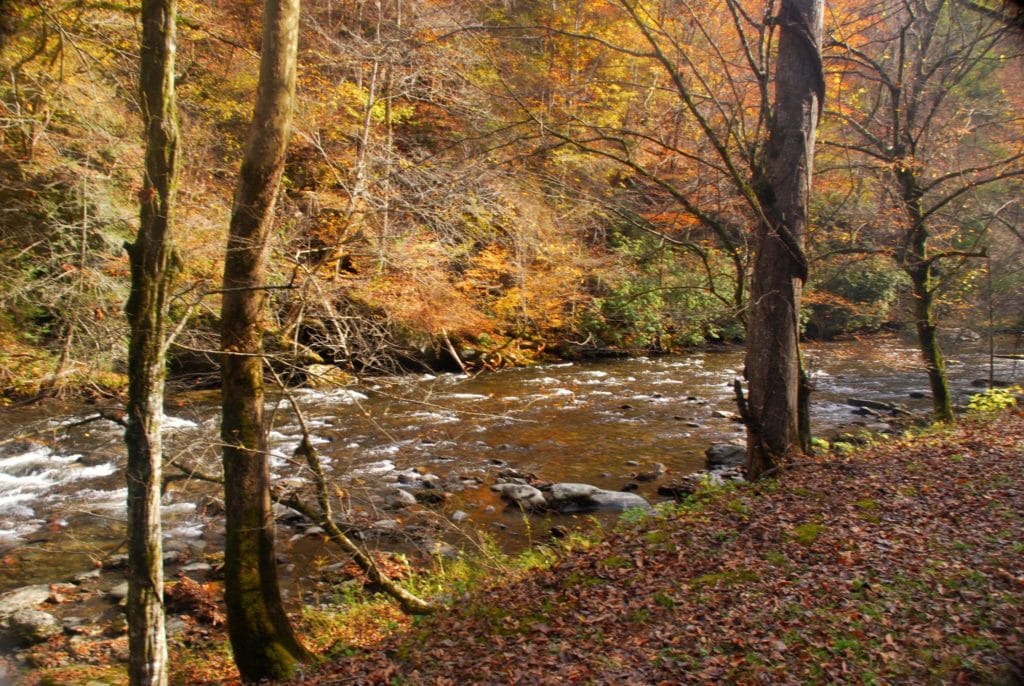
Thanks for reading. We’ll be back with a new destination post on Monday, March 5.

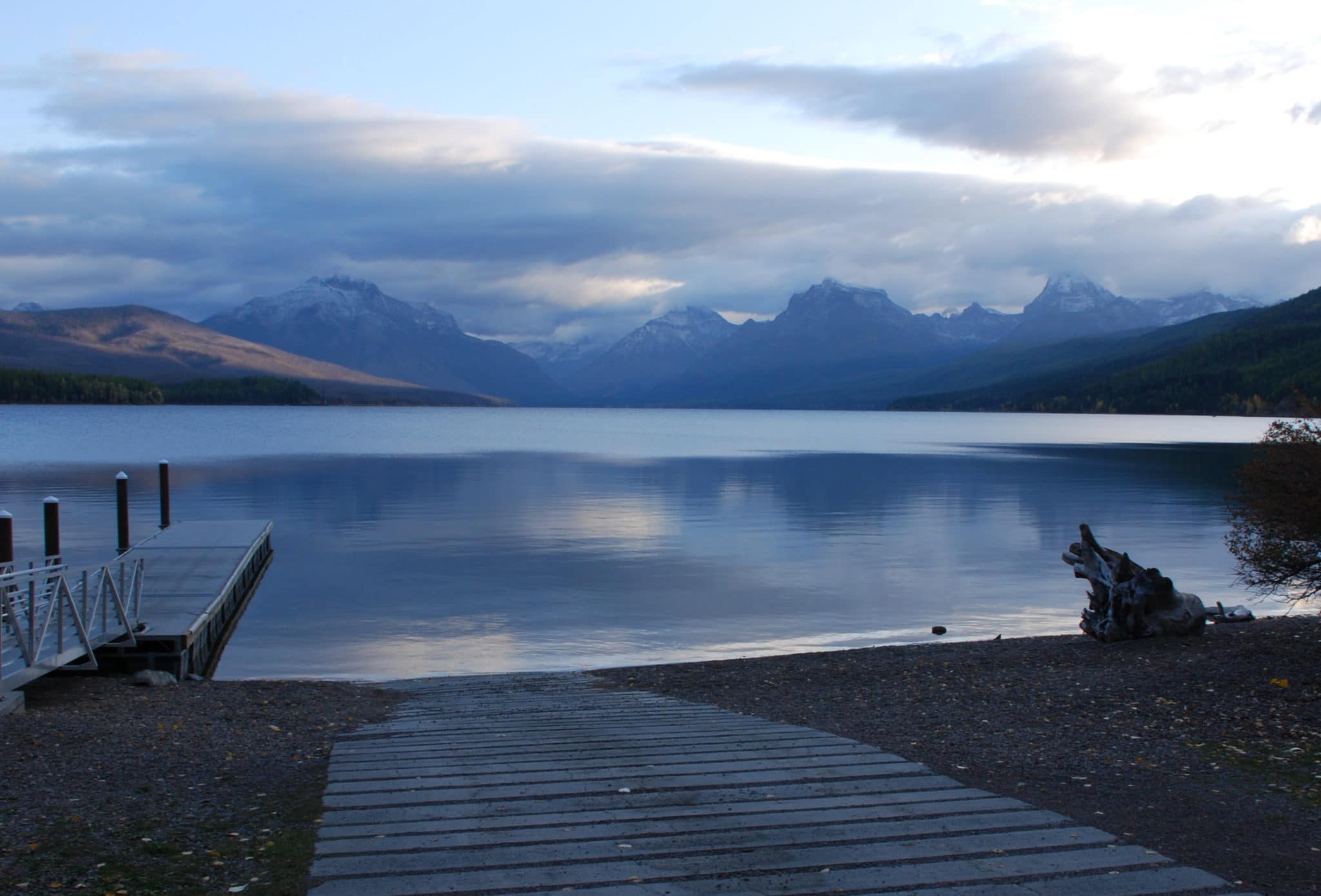
Well explained.